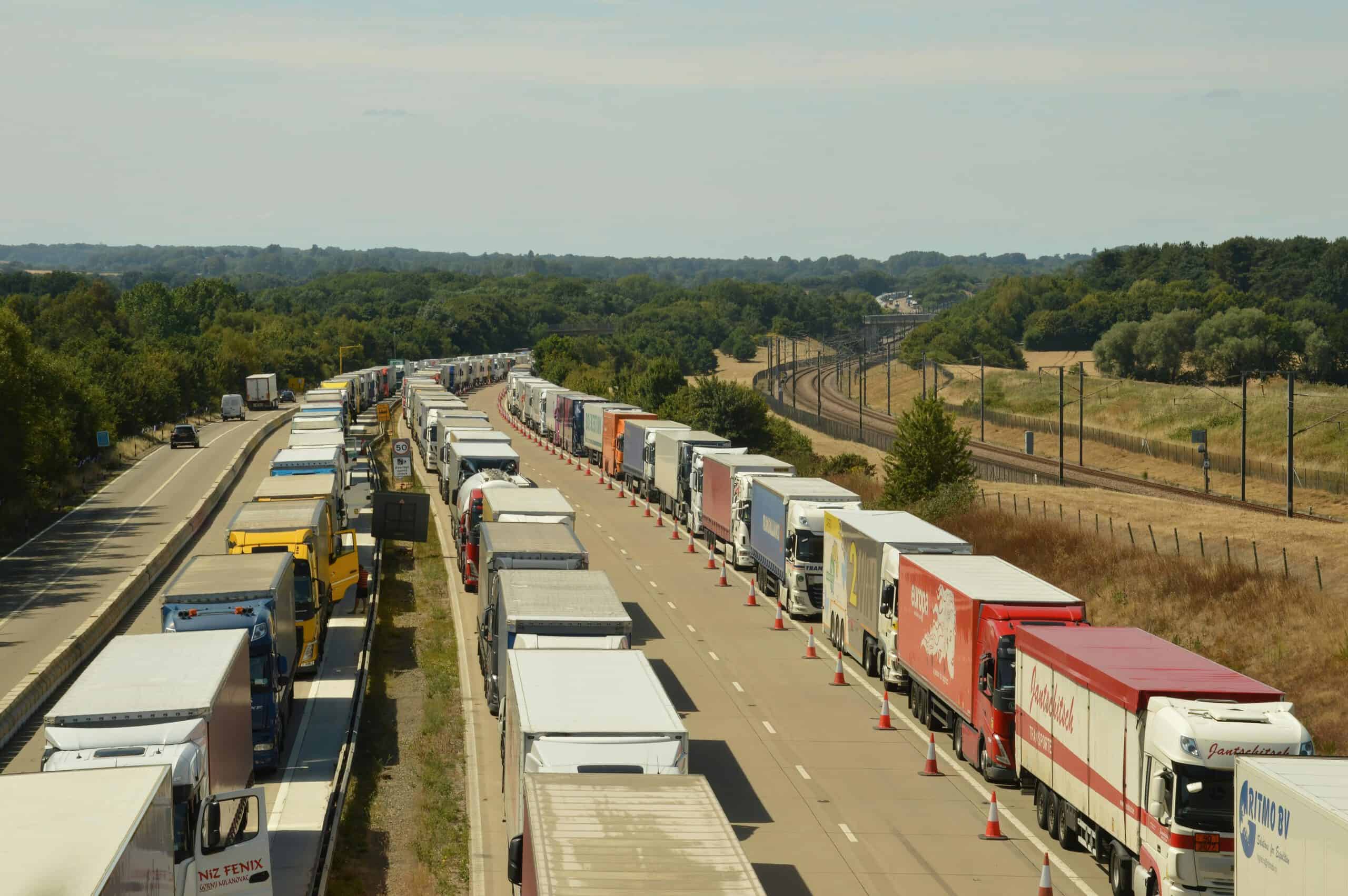Worth to read: Forecasting a Realistic Electricity Infrastructure – USD 620B Needed for US MDHD EV Transition: Study Insights

The analysis conducted by Roland Berger, in collaboration with the Clean Freight Coalition, examines the extensive investments required to electrify medium- and heavy-duty (MDHD) vehicles in the United States. The study identifies key infrastructure needs, challenges, and potential solutions to support the transition to electric vehicles (EVs) in the commercial transportation sector.
Key Findings
Total Investment Required:
- USD 620 Billion: Total investment needed for chargers, site infrastructure, and utility services to support the electrification of all MDHD vehicles.
- USD 496 Billion: Required for on-site charging infrastructure for local medium-duty (MD) vehicles.
- USD 69 Billion: Investment needed for a reliable local on-route charging network for high-mileage vehicles, primarily Class 7 and 8.
- USD 57 Billion: Required for developing a sufficiently dense highway-charging network for long-haul vehicles.
Infrastructure Breakdown:
- Heavy-Duty vs. Medium-Duty: Heavy-duty vehicles require significantly more investment per vehicle (USD 145K) compared to medium-duty vehicles (USD 54K).
- Distribution Grid: An additional USD 370 billion needed for distribution grid upgrades to support local MDHD charging demands.
Phased Electrification Approach:
- Initial focus should be on the medium-duty segment, with heavy-duty and long-haul addressed over time as technology and infrastructure improve.
Alternative Decarbonization Routes:
- Flexibility in adopting various decarbonization strategies may provide greater value compared to a prescriptive focus on specific technologies.
Operational and Fleet Management Innovations:
- Fleets need to explore alternative strategies to optimize upfront investments and long-term value.
Managed Charging Demand:
- Unmanaged charging demand could necessitate extensive infrastructure investment, creating bottlenecks. Technology solutions and regulatory support are crucial to manage this demand.
Government and Regulatory Support:
- Essential for overcoming investment hurdles and ensuring a smooth transition, including the use of ratepayer funding for utility service upgrades and other “make ready” investments.
Implications and Recommendations
- Cross-Industry Collaboration: Greater alignment among industry stakeholders, including regulators, manufacturers, and fleet operators, is vital.
- Cost to Consumers: Without sufficient support, the transition could lead to increased freight rates, with costs ultimately passed down to consumers.
- Grid Planning and Investment: Utilities need to plan and build infrastructure ahead of demand, with regulatory and economic support to mitigate the impact on rates and affordability.
- Alternative Technologies: While pursuing EVs, it’s also important to consider other technologies and innovations to meet decarbonization goals.
Conclusion
The transition to fully electric MDHD fleets presents significant challenges, including substantial investment needs and infrastructural constraints. A collaborative approach, supported by regulatory and economic measures, is essential to overcome these challenges and ensure the successful electrification of commercial transportation in the U.S.
About the Clean Freight Coalition
The Clean Freight Coalition is a consortium of stakeholders in the truck transportation sector, focused on promoting sustainable and efficient freight transportation solutions. Their efforts aim to address the economic, technological, and infrastructural challenges associated with the transition to cleaner energy sources in the freight industry.
Read the full study: RB Study Report_final[111225].pdf (cleanfreightcoalition.org)


